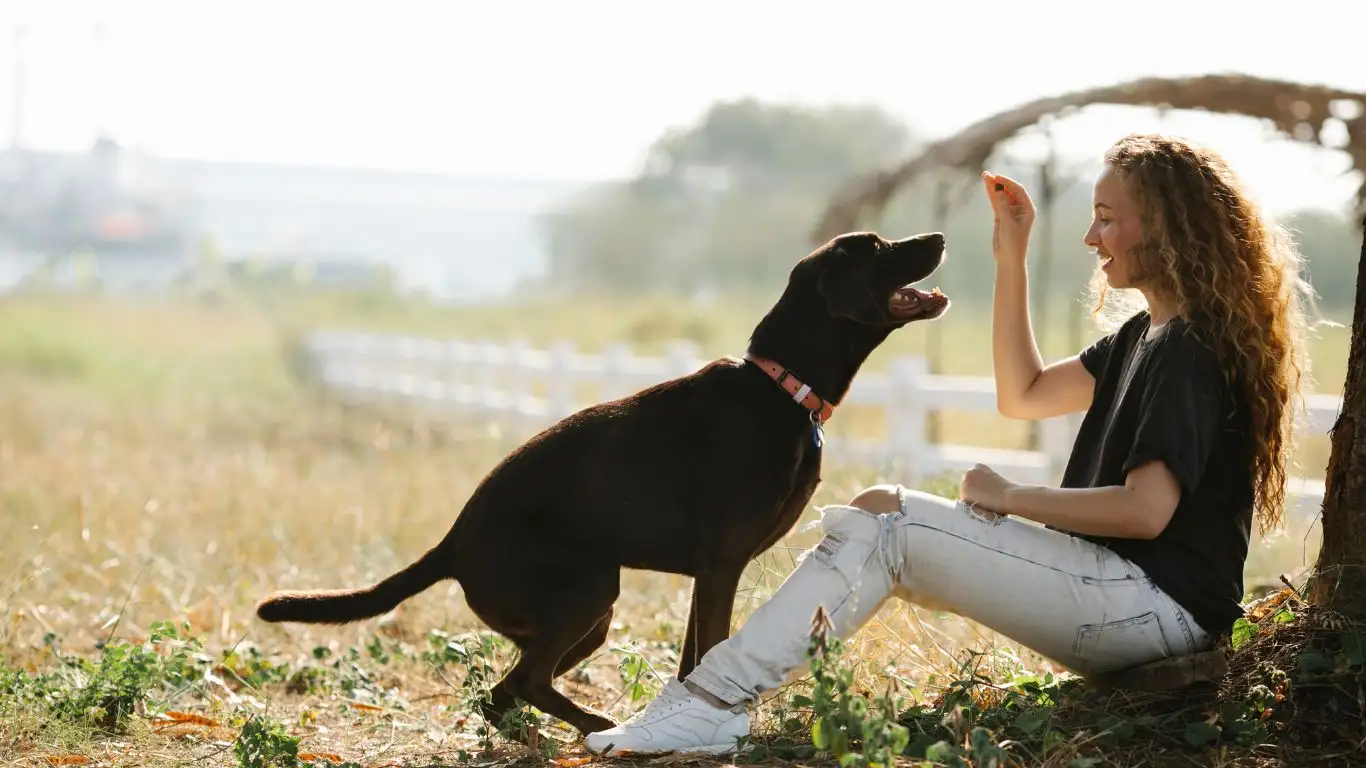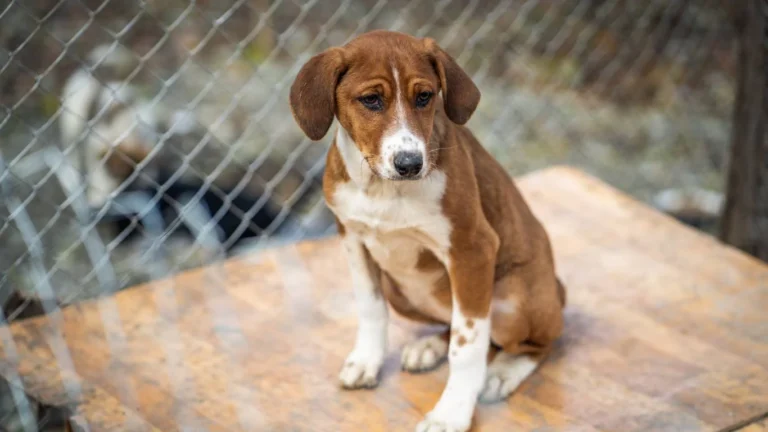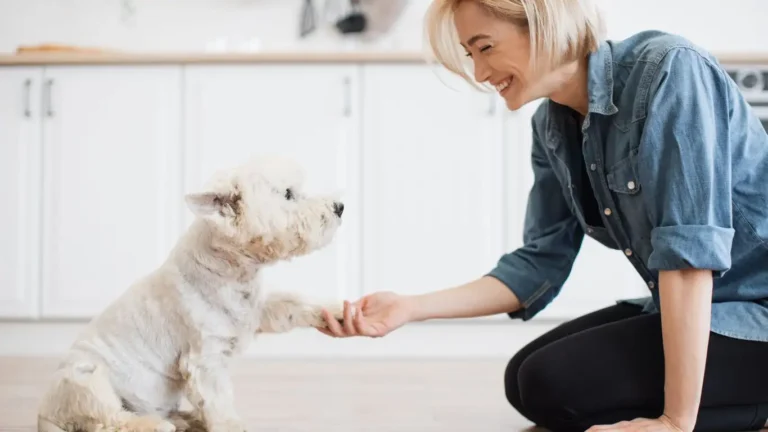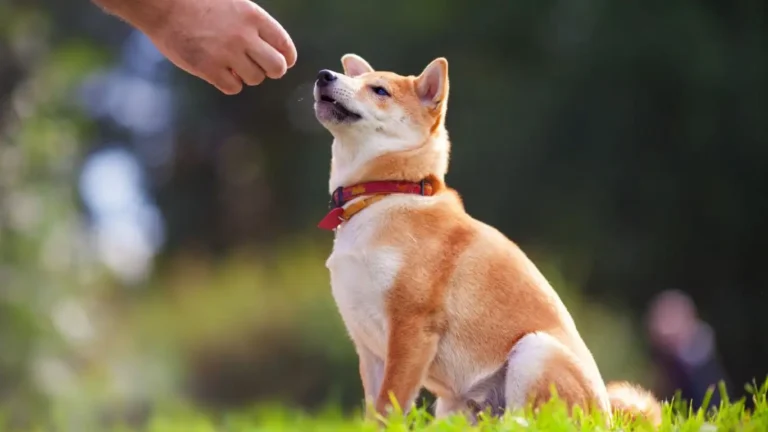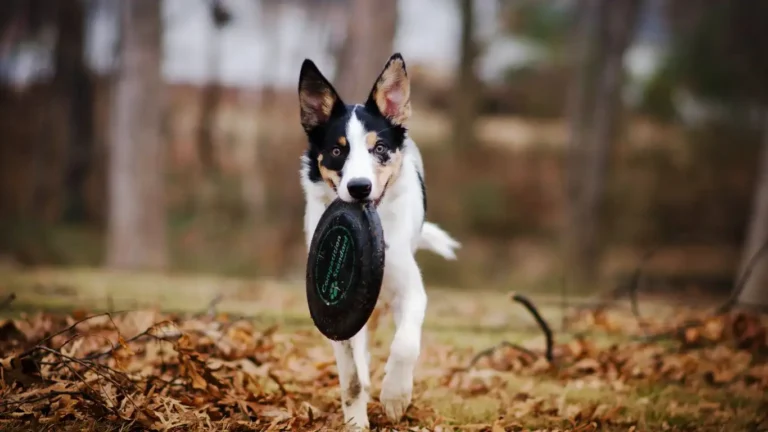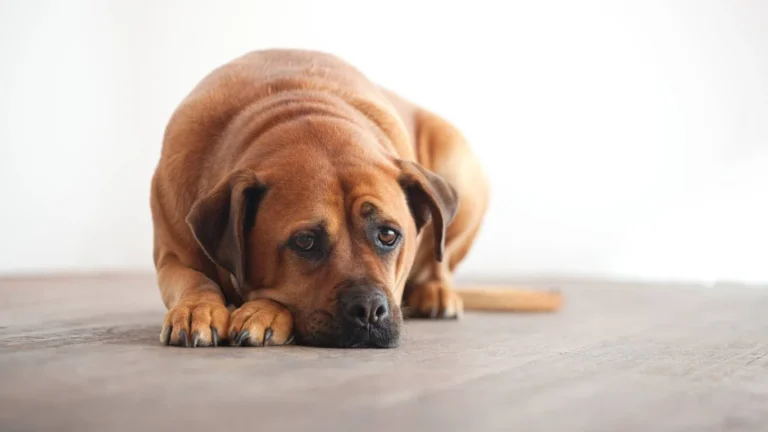How to Train a Dog to Accept Wearing a Raincoat: Fun and Easy Steps
As a Certified Professional Dog Trainer (CPDT-KA), I’ve had the chance to work with many dog owners who want to help their pets get used to wearing a raincoat. If you’ve ever tried to get your dog into one of those waterproof outfits, you know it’s not always as easy as it seems. Some dogs might not mind the rain, while others are completely resistant to wearing anything out of the ordinary. But fear not—training your dog to accept a raincoat is absolutely possible, and it’s all about taking it slow, using positive reinforcement, and making the experience enjoyable for your furry friend.
Why Some Dogs Resist Wearing a Raincoat
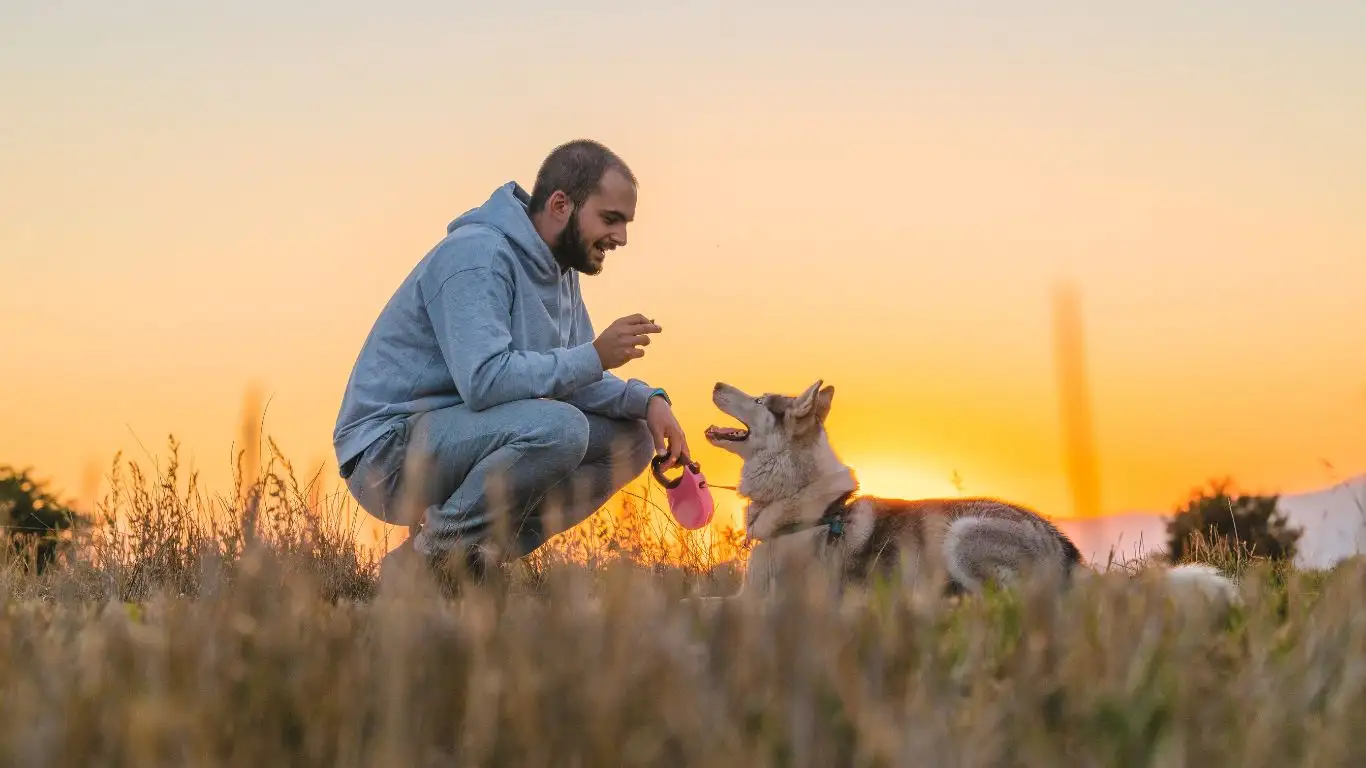
Before we dive into the steps of training your dog, it’s important to understand why your dog might be hesitant or downright opposed to wearing a raincoat. Dogs, like people, have their own personalities and preferences. Some dogs might be naturally more sensitive to certain textures, sounds, or movements. A raincoat can feel odd or uncomfortable, and your dog might associate it with something unfamiliar or even frightening.
Here are a few common reasons why dogs resist wearing raincoats:
- New Sensations: A raincoat can feel weird on their body. The material, the snugness around their chest, or the weight of it might be too much for some dogs to handle at first.
- Noise: Some raincoats make crinkling or rustling sounds that can be unsettling to dogs, especially if they have sensitive hearing.
- Negative Associations: If your dog has had a bad experience with the rain or getting dressed in the past, they might associate the raincoat with discomfort or distress.
Now that we know a bit about why some dogs are wary of wearing a raincoat, let’s get into the fun part—training them to accept it!
Step-by-Step Guide: How to Train a Dog to Accept Wearing a Raincoat
Start with Positive Associations
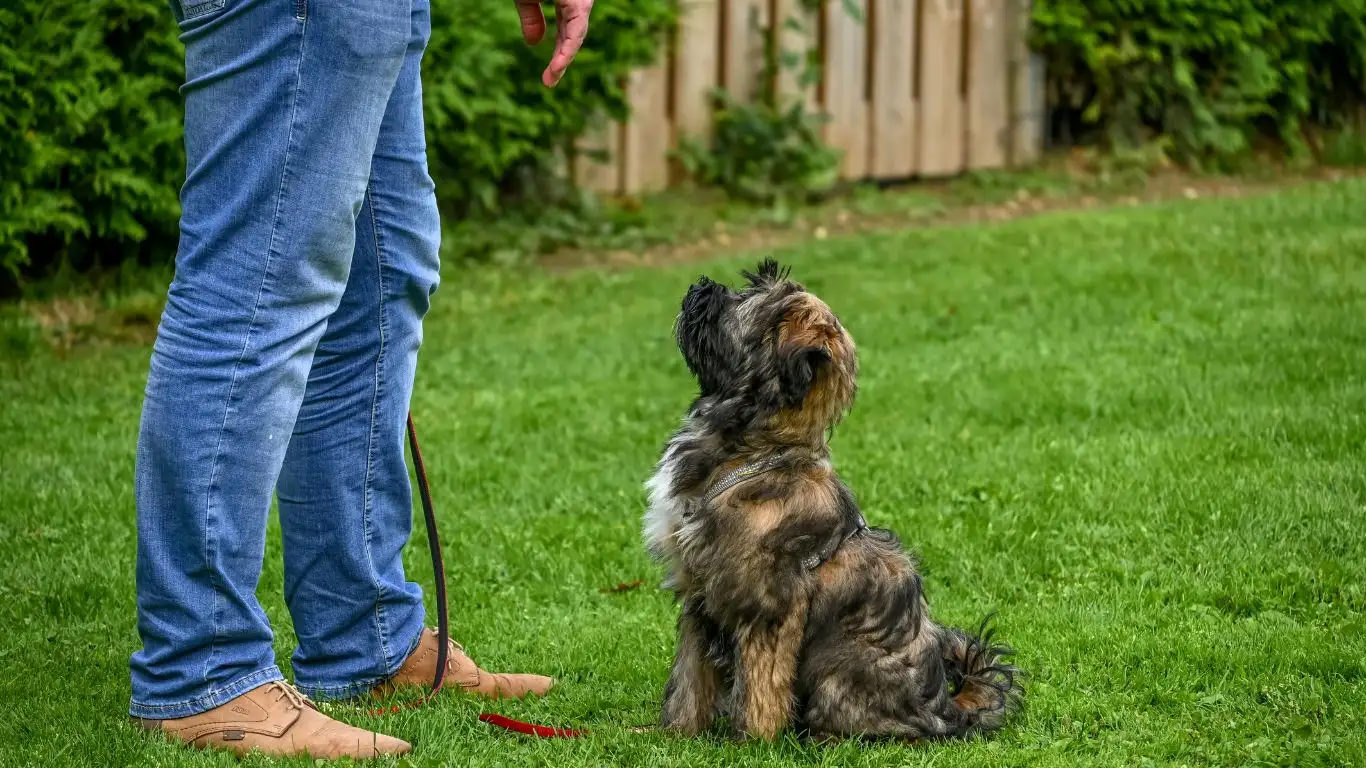
The first step in any dog training session is to make the experience as positive as possible. For dogs, this typically means food rewards, praise, and lots of encouragement. If your dog has never worn a raincoat before, you’ll want to start slow and make the raincoat something exciting, not a source of stress.
Here’s how I approach it:
- Let Your Dog Get Used to the Raincoat: Start by simply showing the raincoat to your dog. Let them sniff it, explore it, and get used to its presence. You might even want to place it on the floor near their favorite bed or play area so they can associate it with something fun.
- Use Treats and Praise: When your dog shows curiosity about the raincoat, reward them with treats and verbal praise. This helps them associate the coat with something positive right from the start. You want them to think, “Hey, this raincoat thing isn’t so bad after all!”
- Gradually Touch the Coat to Their Body: Once your dog seems comfortable with the raincoat, gently touch it to their body. Don’t force it or try to put it on them immediately. If they seem unsure, stop and try again later. Every time you get the coat near their body, offer a treat or a bit of praise. This will help build a positive association with the sensation of the coat.
Take It Slow: The Power of Baby Steps
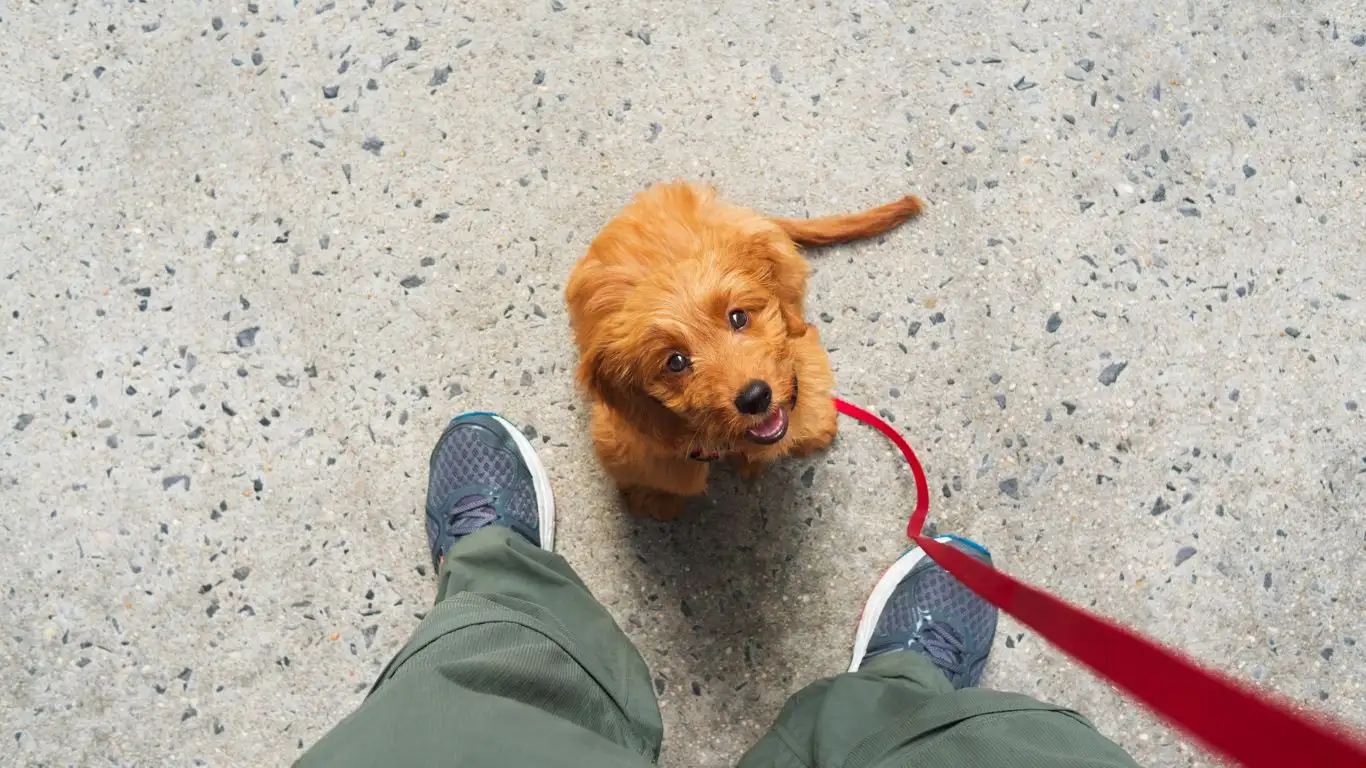
It’s important to remember that training takes time. Some dogs will catch on quickly, while others need a little more patience. That’s completely normal! If your dog seems nervous or unsure, don’t rush them through the process. Instead, break the training down into small steps. You can train your dog to accept a raincoat by introducing them to it slowly, and with plenty of breaks in between.
For example, if you’re working on putting the raincoat on them, try the following:
- Step 1: Just drape the raincoat over their back without fastening it. Reward them for staying calm.
- Step 2: If they’re okay with Step 1, try fastening the raincoat around their neck (but leave the body part unbuttoned for now). Give them a treat each time they stay calm.
- Step 3: Gradually fasten more of the raincoat, rewarding them for staying relaxed and comfortable.
Taking these small steps ensures that your dog doesn’t feel overwhelmed, and they can build confidence as they progress through each stage.
Be Patient and Consistent
It’s important to stay consistent with your training. Dogs thrive on routine, so try to incorporate short training sessions into your day. Even if it’s just for 5-10 minutes, a few repetitions of the steps you’ve worked on will help reinforce the idea that wearing the raincoat is no big deal.
Consistency also means rewarding your dog every time they stay calm or make progress. Whether it’s with treats, praise, or their favorite toy, positive reinforcement goes a long way in building confidence and encouraging desired behaviors.
Keep Training Sessions Fun and Engaging
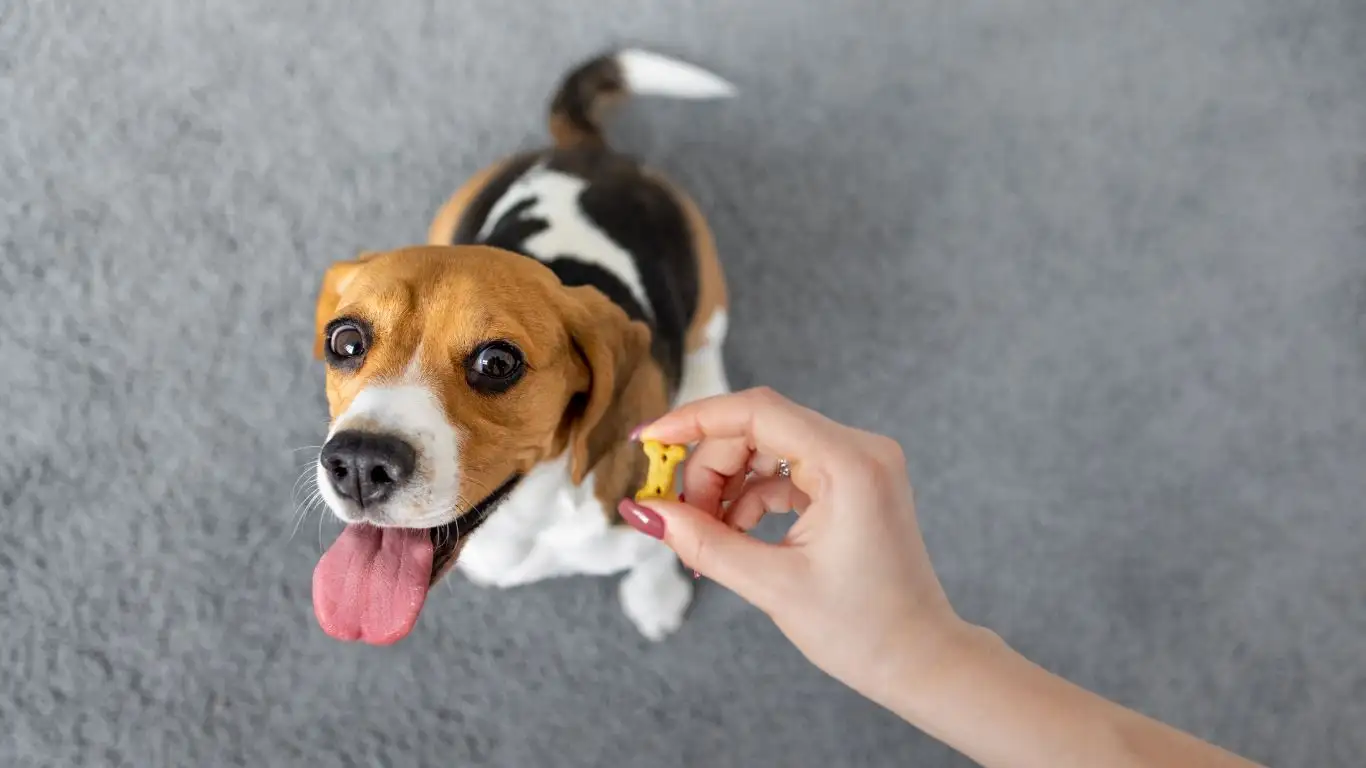
One of the biggest mistakes I see when training dogs to accept a raincoat (or really any new item) is that the sessions become too serious or repetitive. Training should always be a fun experience for your dog! You want them to associate the raincoat with something positive, so make sure the process stays light-hearted and full of rewards.
Here are a few ideas to keep training sessions fun and engaging for both you and your dog:
- Mix Up the Environment: Try training in different locations. Sometimes, moving the training to your yard or a quiet park can make things feel a little less intense. New environments give your dog different stimuli, which can help them get used to the raincoat in a variety of situations.
- Incorporate Playtime: After you’ve worked on getting the raincoat on your dog, toss in a fun game like tug-of-war or fetch. This keeps the mood light and lets your dog know that wearing the raincoat doesn’t mean the fun stops.
- Keep Sessions Short: Dogs can get bored or frustrated if training goes on for too long. Keep sessions to around 5-10 minutes and spread them out throughout the day. Frequent short sessions will be more effective than long, drawn-out ones.
Gradually Introduce the Outdoors
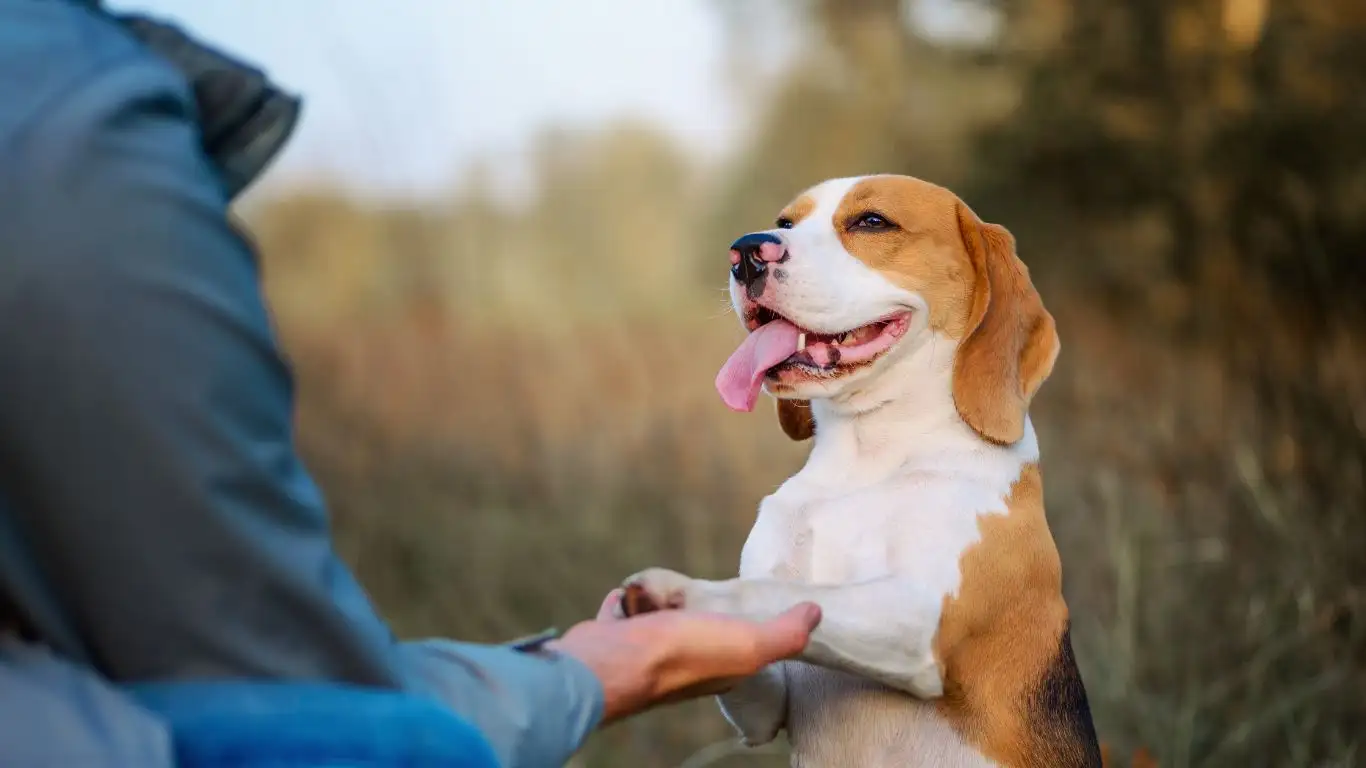
Once your dog is starting to feel comfortable with the raincoat inside, it’s time to gradually introduce them to the outdoors. Of course, this step is essential because the ultimate goal is for your dog to wear the raincoat when it’s actually raining outside! The key is to do this in a low-stress, step-by-step approach.
Here’s how you can ease your dog into wearing a raincoat outside:
- Start in a Familiar Place: Begin by taking your dog outside in the raincoat in a place they’re already comfortable with, like your backyard. This way, they can explore while still feeling safe and secure in their familiar environment.
- Short Outings: Keep the first few outdoor sessions brief. Allow your dog to wear the raincoat for just a few minutes at a time, and gradually extend the duration as they grow more comfortable. The goal is to not overwhelm them.
- Positive Reinforcement Outdoors: Every time you take your dog outside in their raincoat, reward them with treats and praise. Even if they’re just standing still or walking around calmly, it’s important to reinforce the positive behavior. If your dog is hesitant or unsure, don’t push them to go further—just let them explore at their own pace.
Overcoming Setbacks and Building Confidence

While most dogs will eventually come around to the idea of wearing a raincoat, it’s important to acknowledge that setbacks may happen. Some dogs are more sensitive than others, and the process might take longer for them. However, this doesn’t mean they won’t eventually get used to the raincoat. With patience and persistence, you can help your dog build confidence in wearing the coat.
Here are a few common setbacks and how you can handle them:
- Dog Refuses to Move: If your dog stands still, refusing to walk while wearing the raincoat, don’t force them. Try to encourage them with treats or toys, and keep the session short. It’s possible that the raincoat feels too restricting or that they’re not used to the weight. Over time, they’ll likely adjust.
- Scratching or Attempting to Remove the Coat: If your dog starts scratching or trying to remove the raincoat, don’t get discouraged. It’s often a sign of discomfort or the need for more gradual desensitization. Take a step back in the training process, and break things down into smaller steps, rewarding your dog for calm behavior along the way.
- Uncertainty in the Rain: Some dogs might be hesitant to go outside in the rain with the coat on, especially if they’ve never experienced it before. If your dog refuses to walk or seems anxious in the rain, keep the sessions short and positive. It might take a few rainy days before they feel comfortable walking in the raincoat.
Remember, Every Dog Is Different
One thing I always remind dog owners is that every dog is different. What works for one dog may not work for another, and some dogs may take longer to get comfortable with wearing a raincoat. That’s totally okay! The key is to stay patient, flexible, and to celebrate even the smallest victories along the way. Whether it’s your dog taking a few steps outside in the raincoat or simply tolerating the coat for a few seconds, these are all wins in the right direction.
By maintaining a calm and consistent approach, and making the process as enjoyable as possible, you’ll be well on your way to having a dog who is not only comfortable wearing a raincoat but even looking forward to it. With time and practice, your dog will understand that wearing the raincoat means fun walks in the rain—without the wet and soggy fur!
Dealing with Extreme Weather Conditions
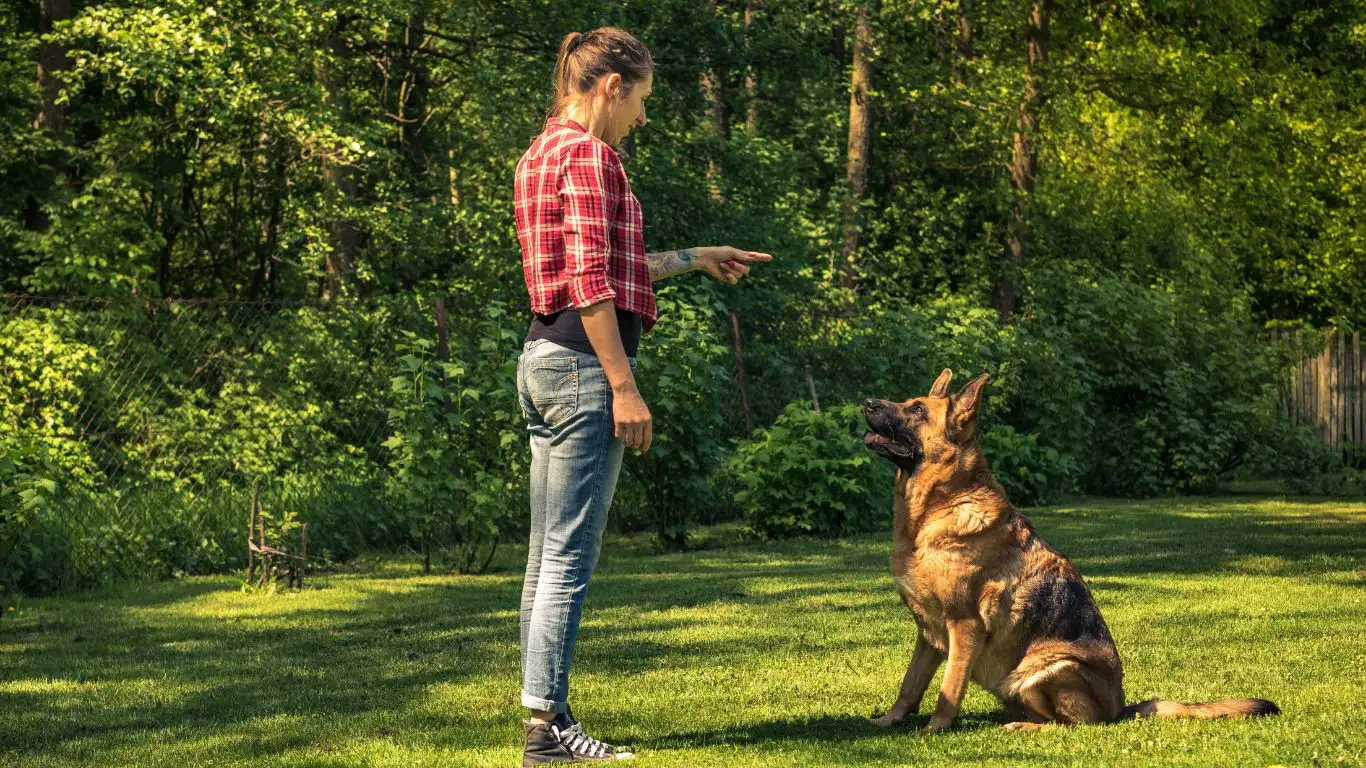
As a professional dog trainer, I’ve encountered many dogs who are perfectly fine with the idea of a raincoat until they experience more intense weather conditions. A light drizzle is one thing, but what about heavy rain or wind? This can be a little trickier for some dogs, especially if they’re not used to the sensation of both the raincoat and the harsh weather combined. It’s important to keep in mind that not all dogs will react the same way to heavy rainfall or strong winds, so understanding how your dog handles these conditions can make a big difference in your training approach.
Here are some things to consider when training your dog to accept a raincoat in extreme weather:
- Gradual Exposure: When the weather takes a turn for the worse, don’t suddenly take your dog out in heavy rain or gusty winds right away. Ease them into it. If your dog is comfortable with light rain, try increasing the exposure gradually, beginning with breezy but dry conditions, then introducing slightly heavier rain as they get more accustomed to the feeling of the coat.
- Comfort and Warmth: Some dogs, especially those with short coats or smaller breeds, might feel cold or uncomfortable in heavier rain. Choose a raincoat that offers some insulation or additional warmth, and ensure that your dog is well protected against the elements to avoid any discomfort during walks.
- Keep the Training Short: Heavy rain can be overwhelming for both you and your dog, so keep your training sessions brief in harsher weather conditions. A short walk, even just a few minutes, is enough to reinforce positive associations without overwhelming your dog with too much sensory input.
Ensuring Long-Term Success with the Raincoat
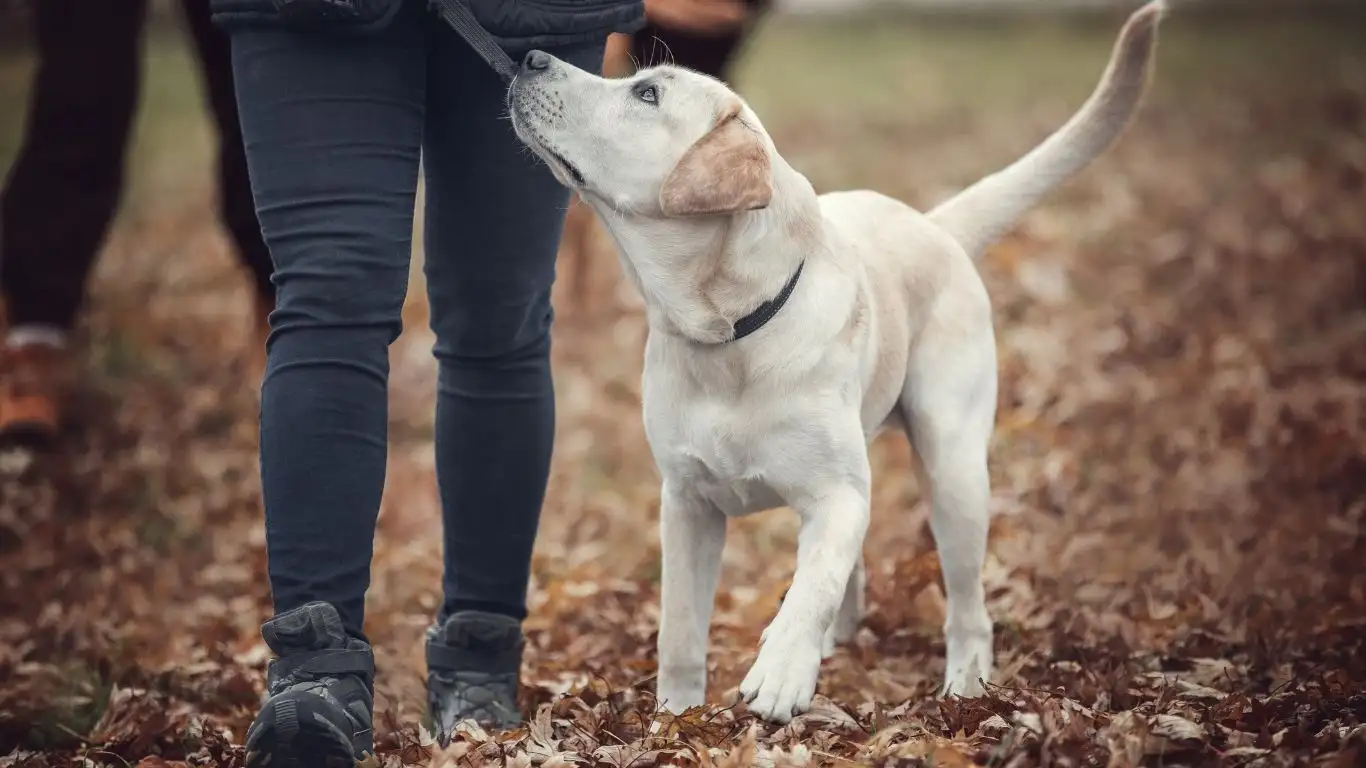
After you’ve gone through all the training steps, the ultimate goal is for your dog to wear the raincoat regularly without fuss. But like any form of training, consistency is key. Just because your dog is accepting the raincoat now doesn’t mean you should stop reinforcing the behavior. It’s a bit like learning any new skill—it’s important to keep practicing so it becomes second nature for your dog.
Here are some tips to ensure long-term success with your dog’s raincoat training:
- Continue Positive Reinforcement: Even once your dog is comfortable wearing the raincoat, continue to reward them with treats, praise, or toys when they wear it. This will help maintain their positive association with the coat and ensure they’re excited to put it on each time.
- Make It Part of the Routine: Try to incorporate wearing the raincoat into your regular routine. For example, if you live in an area with frequent rain, take your dog out for walks in their raincoat often. The more often they wear it, the more comfortable they will become.
- Adjust for New Raincoat Styles: If you ever switch to a new raincoat or a different type of coat, follow the same gradual introduction process that you did with the first one. Some dogs may need more time to get used to a new style or fit, so keep an eye out for signs of discomfort and proceed slowly with the training.
Additional Tips for Different Dog Breeds
Not all dogs are created equal, especially when it comes to their tolerance for wearing new things. Some breeds may take to wearing a raincoat more quickly, while others might need a bit more time and patience. In my experience as a dog trainer, I’ve found that the dog’s size, coat type, and personality all play a role in how well they adapt to wearing a raincoat.
Here are a few tips tailored to different types of dogs:
- Small Breeds: Small dogs, especially those with short coats like Chihuahuas or Dachshunds, might find raincoats a little less intimidating because they’re used to wearing clothes in colder weather. However, their small size can also make them feel more vulnerable in the rain. Keep their training sessions brief, and use positive reinforcement to build confidence.
- Large Breeds: Large breeds, such as Labrador Retrievers or German Shepherds, may take a bit longer to accept wearing a raincoat, especially if they’re used to running around freely. The larger size of the coat may be cumbersome at first, but with enough patience and gradual training, they’ll adjust.
- Long-Haired Dogs: Long-haired breeds like Collies or Shih Tzus often have thicker fur, which can provide them with some protection against the rain. However, the raincoat can still be useful for keeping them dry and preventing mats or tangles in their fur. Start with shorter sessions and make sure the coat doesn’t rub or cause discomfort.
Conclusion: Training Your Dog to Enjoy the Rain
Ultimately, the goal of training your dog to wear a raincoat is about more than just protecting them from the rain—it’s about helping them feel comfortable and confident in something that will benefit both of you. Whether it’s taking a walk in the rain, going on a trip, or just getting outside when the weather isn’t perfect, a dog that accepts wearing a raincoat will be happier, healthier, and better prepared for all kinds of weather.
Remember, every dog is different, and what works for one dog may not work for another. Be patient, take things step by step, and don’t hesitate to adjust your training plan based on your dog’s needs. With the right approach, your dog will learn to love their raincoat and look forward to every outdoor adventure, rain or shine.
Disclaimer: The advice shared in this article is based on my personal experience as a Certified Professional Dog Trainer (CPDT-KA) and may not apply to every dog. Always consult a professional trainer or veterinarian if you have concerns about your dog’s behavior or health during the training process.
For more tips on dog training and behavior, check out other helpful resources on our website: PawPatron.
